Types of Peptide Vial Labels
There are several types of peptide vial labels, including:
- Pre-Printed Labels
Pre-printed labels come with printed information such as the peptide name, molecular weight, and sequence. These labels are easy to use, save time, and reduce the risk of errors. - Blank Labels
Blank labels allow researchers to customize the label with specific information, such as the date of preparation, concentration, and lot number. - Color-Coded Labels
Color-coded labels are an effective way to organize peptides by category or experiment. For instance, a red label can be used for peptides used in a particular experiment, while a blue label can be used for those with similar properties. - Tamper-Proof Labels
Tamper-proof labels are designed to indicate if the vial has been opened or tampered with. These labels are ideal for high-security labs or sensitive experiments.

How to Choose the Right Peptide Vial Labels
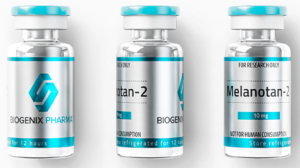
When choosing the right peptide vial labels, there are several factors to consider. Here are a few key things to keep in mind:
Label Material: The label material should be durable, resistant to chemicals, and able to withstand extreme temperatures. Common materials include polyester, polypropylene, and vinyl.
Label Adhesive: The label adhesive should be strong enough to adhere to the vial but not so strong that it damages the label or vial when removed. Adhesives come in permanent or removable varieties.
Label Size: The label size should be appropriate for the vial size and provide enough space for necessary information. It’s also important to ensure the label is easy to read and visible.
Label Information: The information on the label should include the peptide name, concentration, lot number, date of preparation, and any other relevant information.
Label Printer: Choose a printer that can handle the label material and adhesive type. Some printers use direct thermal printing, while others use thermal transfer printing. It’s important to choose a printer that can produce high-quality, clear labels.
By considering these factors, you can choose the right peptide vial labels that meet your specific needs and help ensure a safe and efficient research environment.
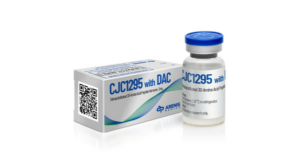
How to Label Peptide Vials
Labeling peptide vials is an important step to ensure the safety and accuracy of your research. Here are the steps to follow:
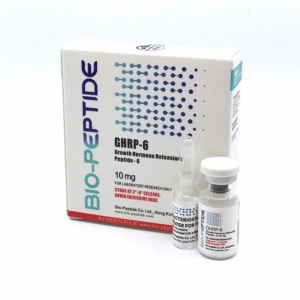
Gather Materials: You will need the peptide vial, a label, and a pen or label printer.
Clean the Vial: Use a sterile alcohol wipe to clean the vial and remove any debris or bacteria.
Prepare the Label: Write or print the necessary information on the label, including the peptide name, concentration, lot number, and preparation date.
Apply the Label: Carefully apply the label to the vial, making sure it is straight and centered.
Check the Label: Ensure that the label is legible and the information is correct.
Store the Vial: Store the vial in the appropriate location according to the peptide’s storage requirements.
By following these steps, you can properly label peptide vials and maintain accurate records of your research. It’s important to use high-quality labels and ensure that the information is clear and legible to avoid any errors or confusion.
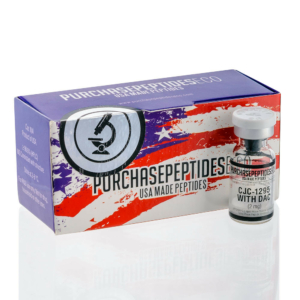
Order Process

Payment

Logistics and Transportation


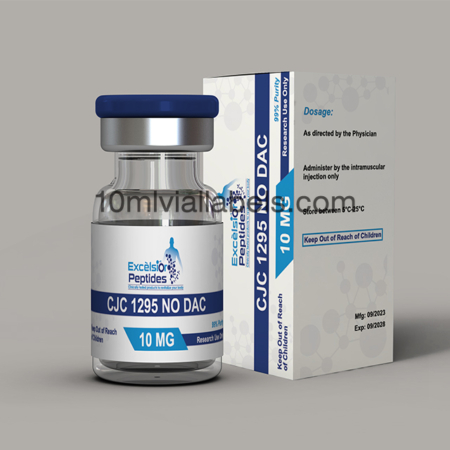
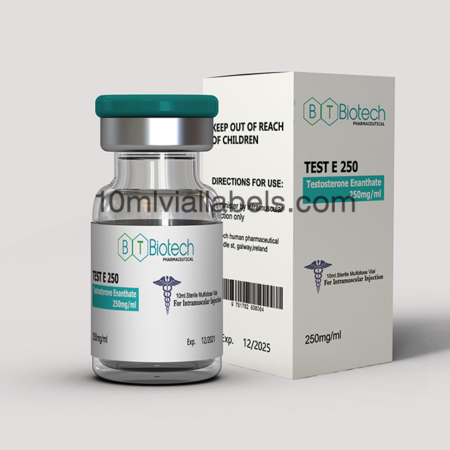
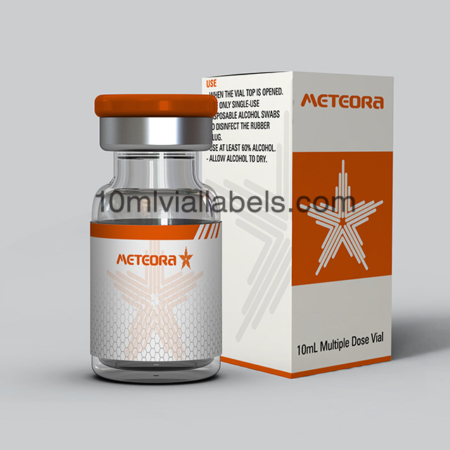
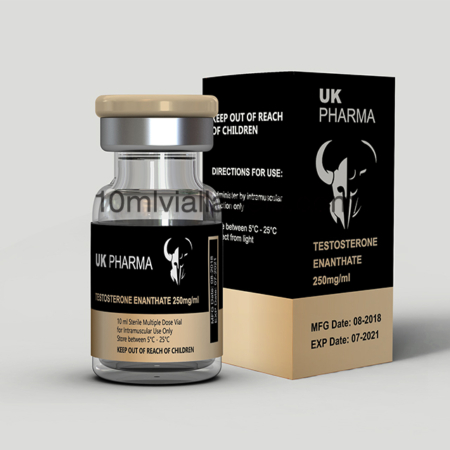
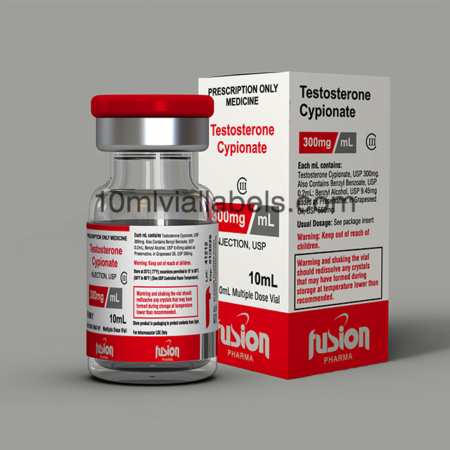
Reviews
There are no reviews yet.